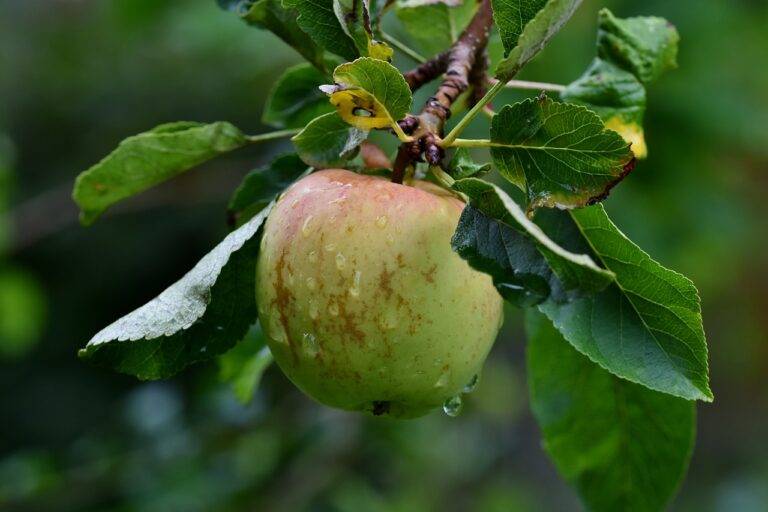Analyzing the Impact of Urbanization on Local Food Production
Urbanization is a global phenomenon that has been rapidly changing the landscape of many countries. As more people choose to live in urban areas, cities are expanding and population density is on the rise. This shift from rural to urban living is driven by various factors such as better job opportunities, access to services, and higher living standards that cities often provide.
The rise of urbanization has led to infrastructural developments in many urban areas, catering to the growing population. However, this rapid expansion is not without its challenges. Issues like overcrowding, traffic congestion, increased pollution levels, and strain on resources are becoming more prevalent in urban centers. As cities continue to grow, it is important to address these challenges to ensure sustainable urban development and a high quality of life for residents.
Challenges Faced by Local Food Producers
Local food producers face numerous challenges in today’s rapidly changing landscape. One of the primary obstacles they encounter is the competition from larger industrialized farms, which often have greater access to resources and distribution networks. This can make it difficult for local producers to market their goods effectively and compete on price, putting their livelihood at risk.
Additionally, unpredictable weather patterns and climate change present significant challenges for local food producers. Severe droughts, floods, and other weather-related events can destroy crops and disrupt production cycles, leading to financial losses. As these extreme weather events become more frequent and severe, local producers are forced to adapt their farming practices and invest in resilience measures to mitigate the impact on their operations.
Changes in Land Use Patterns
One notable trend in recent years is the changing patterns of land use in urban and rural areas. As populations continue to grow and urbanize, there is an increasing pressure on available land for development. This has led to the conversion of agricultural land into commercial and residential areas, impacting the sustainability of local food production.
Moreover, the expansion of infrastructure such as roads, highways, and industrial zones has further contributed to the alteration of land use patterns. Rapid urbanization has also resulted in the loss of green spaces and natural habitats, leading to concerns about biodiversity loss and environmental degradation. In response to these challenges, there is a growing need for comprehensive land use planning and management strategies to ensure the balance between development and conservation.





